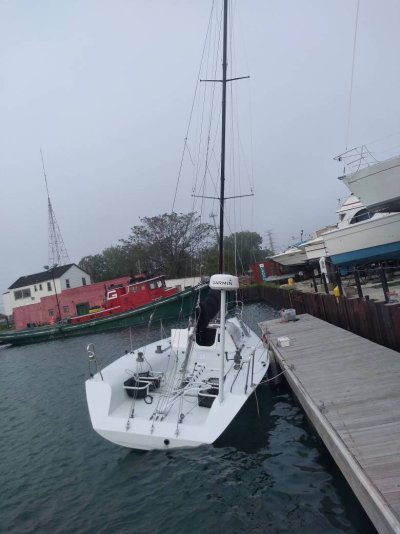angus99
Guru
We have a noticeable list due to galley, A/C equipment and large house bank located on the port side. I can correct by adjusting tank levels but at some point we lose a fair amount of fuel/water capacity to list-correcting.
I’ve read some of the archived threads but would appreciate knowing the options available for adding ballast to a ~55,000-lb full/semi-displacement hull. Some of you use lead shot. I’m not crazy about having 100,000 tiny pieces of a hazardous substance aboard so how do you encapsulate or secure it? For those with lead ingots, how do you restrain it? (Love to see photos.). Also, where can you get lead in quantity?
Sand, is apparently another option; I don’t like to think of the mess if a bag breaks. What else should I be considering?
Thanks in advance.
I’ve read some of the archived threads but would appreciate knowing the options available for adding ballast to a ~55,000-lb full/semi-displacement hull. Some of you use lead shot. I’m not crazy about having 100,000 tiny pieces of a hazardous substance aboard so how do you encapsulate or secure it? For those with lead ingots, how do you restrain it? (Love to see photos.). Also, where can you get lead in quantity?
Sand, is apparently another option; I don’t like to think of the mess if a bag breaks. What else should I be considering?
Thanks in advance.

